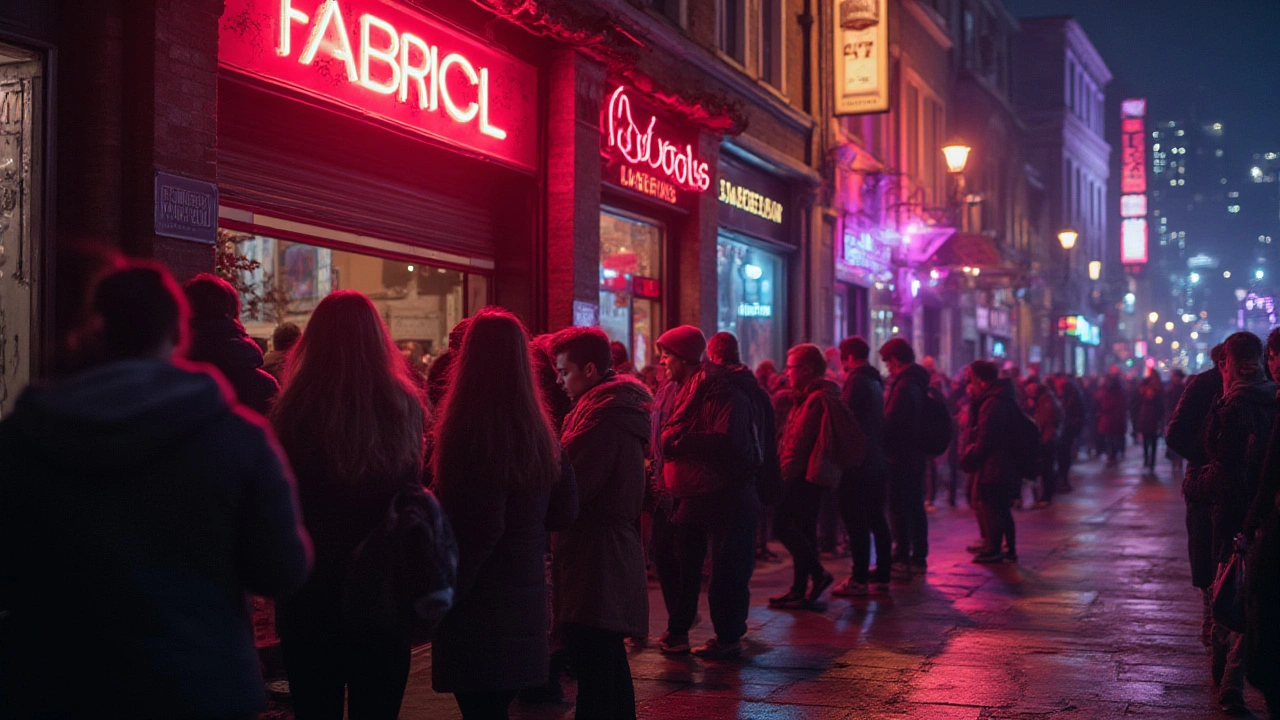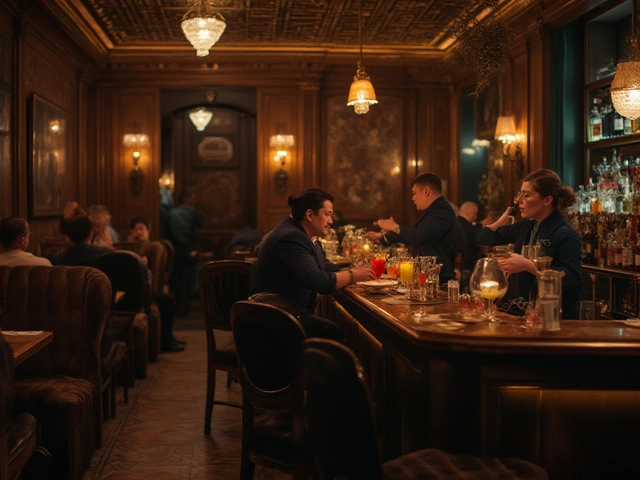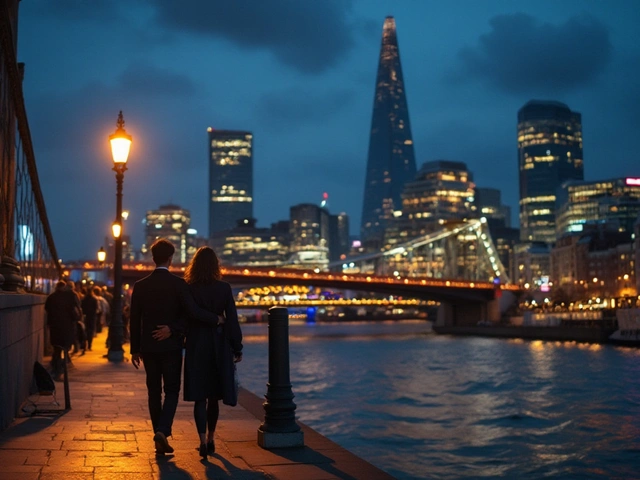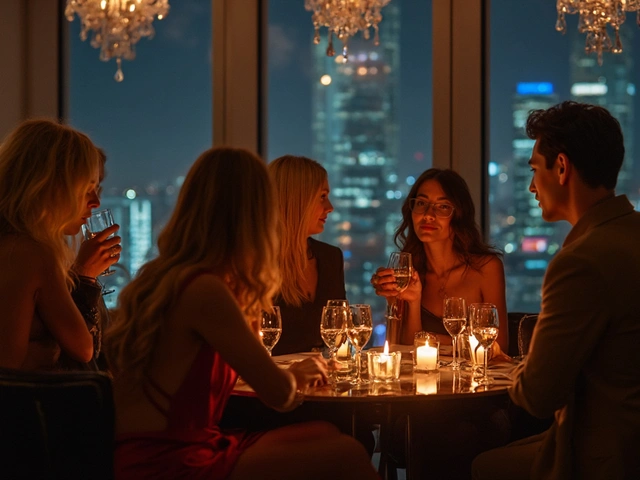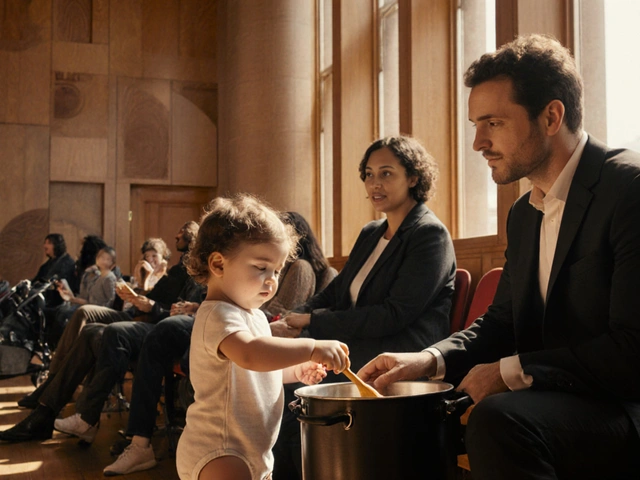Ask anyone who’s used to late nights in London, and Fabric Nightclub is likely to pop up as one of the city’s “must-do” experiences. It’s more than a place to dance—Fabric is a cultural institution, a home to electronic music, wild crowds, and unforgettable memories tucked beneath those 18th-century brick vaults. There’s a reason this Farringdon spot keeps reeling in locals, expats, music nerds, and restless tourists year after year.
The Story Behind London’s Legendary Nightlife Monument
Stepping under Smithfield Market’s looming presence, Fabric hits with more than just bass. The venue opened in 1999, breathing new life into London’s underground party scene at a time when superclubs like Ministry of Sound battled for late-night dominance. Right from the beginning, Fabric did things differently. Instead of chasing chart hits, the club focused on cutting-edge electronic, drum and bass, minimal techno, and home-grown UK talent. That ethos still shapes every night.
London, always keen on reinvention, found exactly what it needed—a space that respected the city’s heritage. The club’s signature brick arches are original Victorian cold storage cellars, left rough and industrial. Architects and sound engineers joined forces, turning former meat lockers into acoustically intense chambers, where every note shakes your entire body. Fabric invested in the kind of tech that sets global standards: their Pioneer and Funktion-One speaker systems are legendary, the “Bodysonic” dancefloor literally vibrates with the music, turning gigs into full-body experiences. DJs, from homegrown legends like Goldie and Annie Mac to international icons like Ricardo Villalobos, love it. Most even say it’s one of their favourite booths, anywhere.
The path hasn’t always been smooth. In 2016, the club was forced to close after license challenges—news that hit the front page of every London paper. The city’s nightlife responded: clubbers rallied, artists signed petitions, and even the Mayor joined the outcry. The campaign worked. Fabric’s reopening was a win for club culture and an even bigger nod to how Londoners look after their own. In the years since, they’ve doubled down on safety and community, adding new security measures, health outreach, and even work with local councils on keeping the Farringdon area vibrant through the early hours.
Want a peek at numbers? After reopening, Fabric’s average visitor count hit 2,500 per night on weekends, according to UK Clubbing Magazine’s 2023 feature. Put that in perspective: that’s more people than the average West End theatre show, that’s a mini music festival every single Friday and Saturday tucked underground, a city within a city.
It’s not just clubbers throwing shapes—Fabric is part of UK music history. Their mix series (both CDs and digital downloads) remains an essential catalogue, mixing legends like Four Tet, Bonobo, and The Chemical Brothers. If someone wants a crash course in real London nightlife, skip the tourist queues at Piccadilly Circus. Grab a ticket for a Fabric night instead.
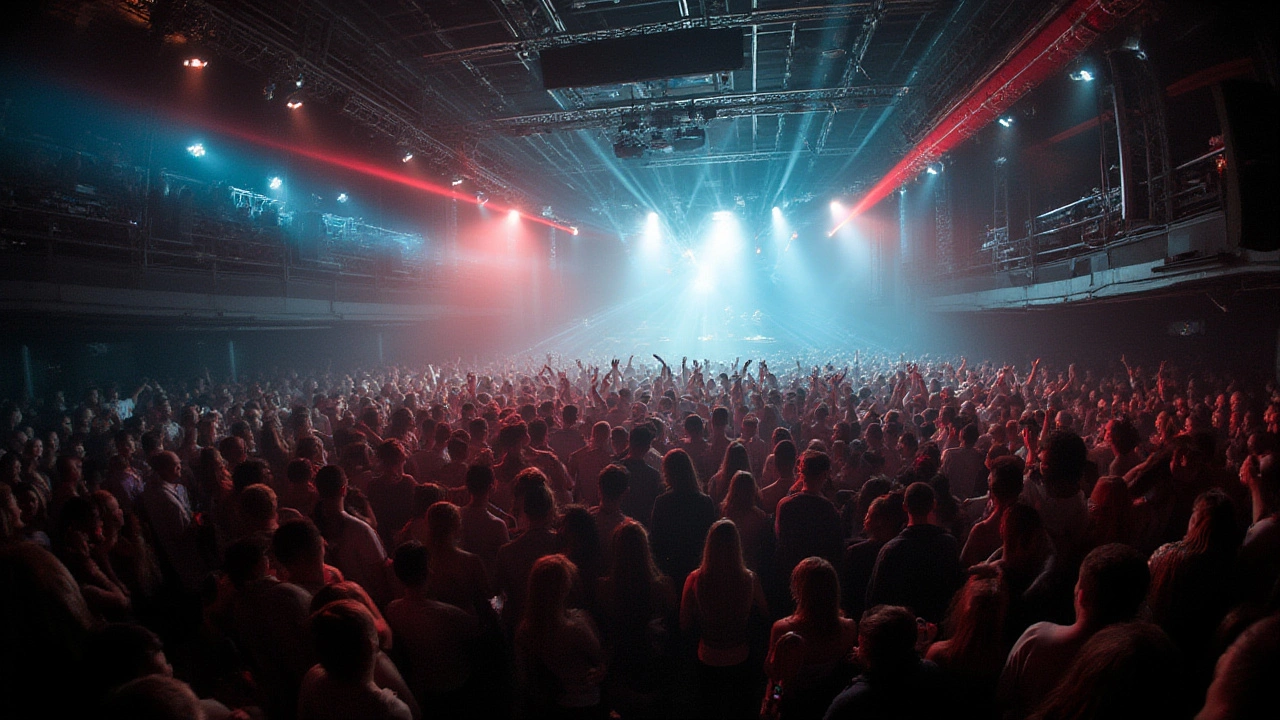
Inside the Atmosphere: What Makes a Fabric Night Special?
People talk about “the vibe” like it’s a mystical force—but at Fabric, you feel it the second you descend those metal stairs. Forget velvet ropes and champagne tables. Here, the crowd is the real star, an ever-changing, energetic mix of die-hard fans, music explorers, post-pub wanderers, and the occasional celeb trying to blend in. The age range is wild—students, bankers, artists, Londoners born and bred, punters from across the world all gear up for a massive night.
Music is always front and centre. Fabric boasts three main rooms, each a world of its own. Room One is the beating heart, home to house, techno, and Fabric’s signature “Bodysonic” floor, where you don’t just hear the music, you feel it in the soles of your sneakers. Room Two hosts heavy drum & bass, jungle, breakbeats, and wild midweek events, usually packed with locals who know their stuff. Room Three feels more lounge-like but with enough punch to keep you moving—you’ll find live acts, emerging producers, and some of the city’s best secret parties.
The lighting and visuals, powered by custom rigs, add to the experience. Ambient strobes, projections, and a lack of over-the-top lasers mean your senses aren’t maxed out—but your mood definitely is. Even the bar staff feel like part of the show: fast, friendly, and never judging your moves (or your choice of energy drink).
The door policy is famously fair. No dress code, no VIP elitism, just a quick ID check (bring government photo ID) and a search. If you look like you’re here for the music, you’re welcome. Security is present but rarely intrusive—most of them have been working here for ages and genuinely want the place to stay safe and fun.
Let’s talk about value. Drinks are surprisingly affordable for a central London night out, especially compared to some glitzy West End bars. Water refills are free at the bar, a gesture regulars really appreciate if they’re planning a long session dancing through the night. And there’s always a cloakroom—essential if you’re hauling jumpers or rain-soaked coats through London’s unpredictable weather.
Want a pro tip? Pre-book tickets via Resident Advisor or Fabric’s site, particularly for headline nights. Prices go up on the door and popular events (like birthday weekends, summer “FABRICLIVE” sessions, or New Year’s Eve blowouts) sell out long before the night starts. Locals tend to rock up after 1am, when the queue burns off but the dancefloor is in full swing. And don’t worry about getting hungry—the area’s got great 24-hour bagel joints and kebab vans if you need to refuel at sunrise.
If you’re new to London or heading in with a group, use Farringdon Station for the easiest access. The Night Tube (on the Elizabeth, Metropolitan, and Circle lines) makes getting home far less stressful—especially since Fabric parties often last until 7 or even 8 a.m. Over the years, I’ve met people who came for “just one drink” and left at breakfast time, wondering where the hours went.
Here’s a table with some crowd-pleaser stats, all based on 2024 club reports:
| Year Opened | Average Weekend Attendance | Number of Main Rooms | Resident DJs | Annual Events |
|---|---|---|---|---|
| 1999 | 2,500/night | 3 | 20+ | 150+ |
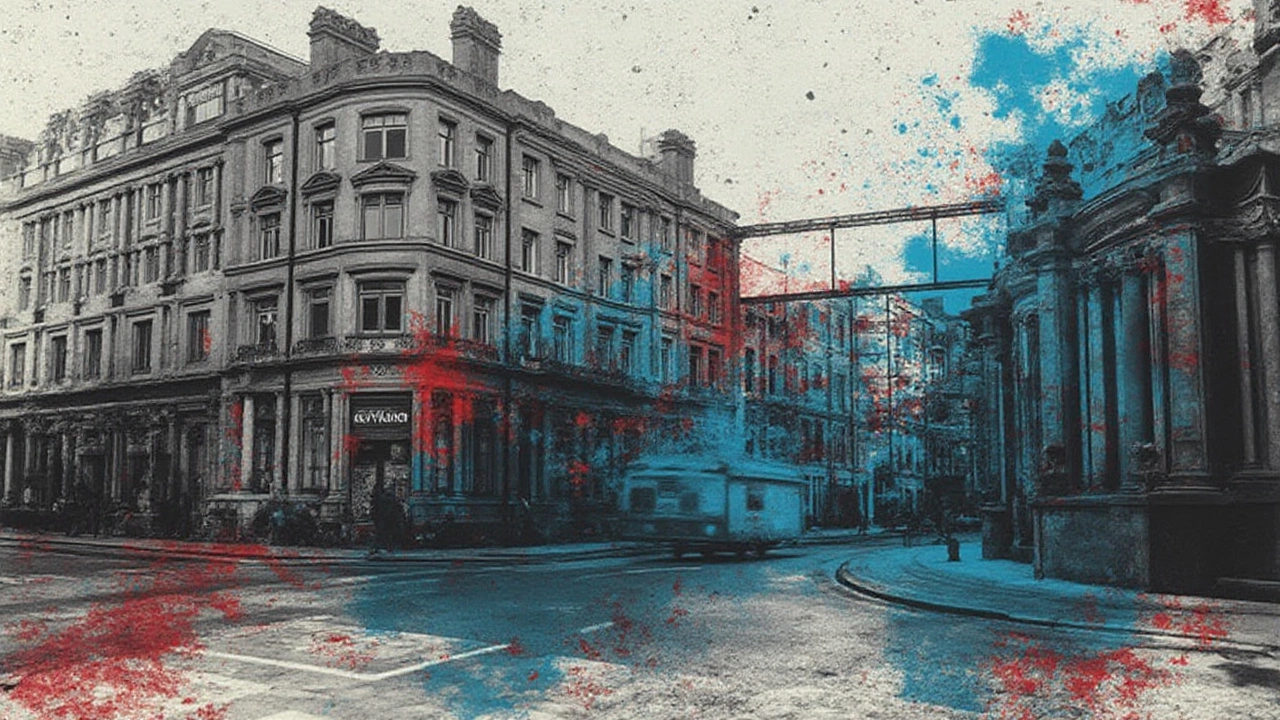
Tips for Experiencing Fabric Like a True Londoner
If you want to soak up everything this iconic venue in London has to offer, you’ll need more than just good trainers and stamina. My advice? Don’t treat Fabric like any old club night—set yourself up for a proper adventure. Make it part of your city story, whether you’re a regular, a one-off raver, or a visitor on the hunt for the “real” London.
Start by scouting their line-up calendar. Fabric’s not about random radio hits—so check who’s playing, preview a few sets on Soundcloud or Mixcloud, and adjust your night. Certain nights skew heavy (think Friday “FABRICLIVE” drum & bass blowouts), while Saturdays lean into house and techno legends. Special guest appearances—like when London heroes Bicep or Ben UFO headline—become a local event, with advance tickets snatched up in hours.
Arrive early if you want shorter queues and a chance to explore all three rooms before the beats really kick off. But if you want a wild, pulsing dancefloor, roll through after 1am when London’s after-hours crew are just heating up. Keep enough on your Oyster or contactless card for a stress-free ride home—even Londoners get caught out after party marathons and have to stumble onto the first morning Overground.
What to wear? Comfort wins, every time. Trainers (that you don’t mind getting dusty), easy layers, and avoid heavy bags—the cloakroom’s efficient but you don’t want to be juggling gear. Most locals skip wild costumes, but you’ll see everything from festival fashion to simple tees and jeans. No one judges, so bring your style.
Stay hydrated. It sounds simple, but six hours of raving in a packed cellar can surprise even veteran clubbers. Take advantage of the free water at bars, or pace yourself with softs between rounds of pints. Fabric’s bar team move quick and keep queues down—a rare feat in central London.
Lost mates? Easy. Each room has obvious entry and exit points, and there’s loads of chill-out space around the entrance, so designate a meet-up spot if you get separated—especially handy with the mobile signal black hole in the vaults. Staff are trained to help out, and you’ll always spot a familiar face who’ll point you in the right direction. Most regulars swear by old-school text messages instead of WhatsApp when down in the tunnels.
Neighbourhood tip: Farringdon blooms after dark. There are loads of 24-hour cafes and street food options around Smithfield, from salt beef bagels to proper London kebabs. If you want a big group night, kick things off with pizza at Pizza Union or cocktails up the road at The Gibson before heading in.
Of course, party safe. Fabric’s staff are genuinely friendly—if you or a friend need support, there’s a visible welfare team (look for pink bibs), chill-out areas, and on-site medics. London’s club culture prides itself on looking after each other, which is why Fabric remains on top, even after decades. Leave extra cash for the end of the night too, especially if you’re heading to an after-party or sorting late-night taxis—every true Londoner has their friendly cab number on speed dial, but the Uber zone around Farringdon is always buzzing when the club empties.
Fabric isn’t just a club; it’s a rite of passage. It's where new Londoners meet their tribe, where lifelong locals still find something fresh, and where international visitors finally get what all the hype is about. It’s gritty, electric, and totally unique to the city. Next time you’re plotting a huge night out or just craving a solid slice of the city’s current energy, this is the door you want to queue for. Take it from someone who’s lost count of those sunrise exits—it’s a story you’ll want to live at least once, if not a hundred times.

